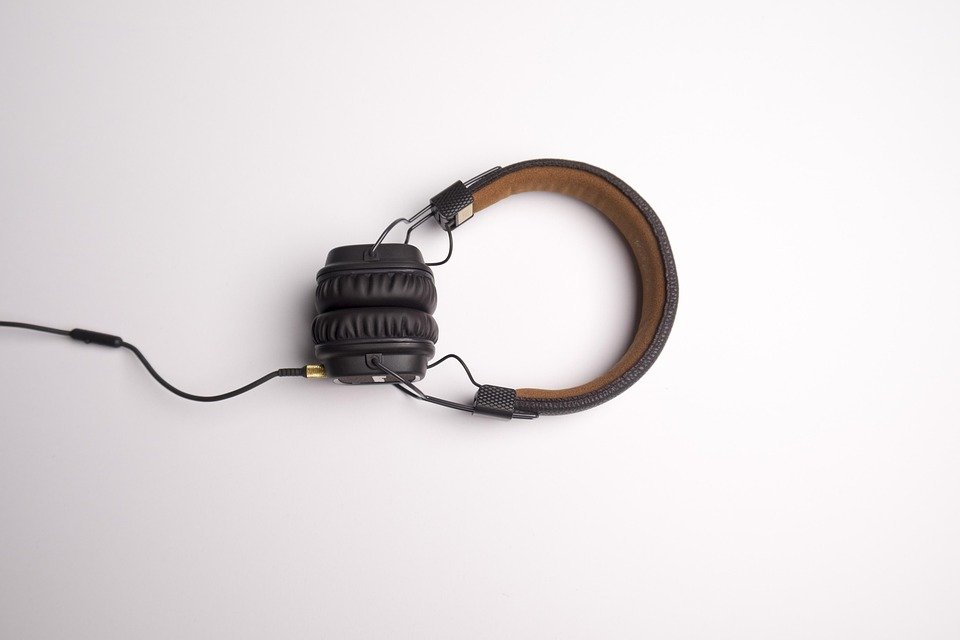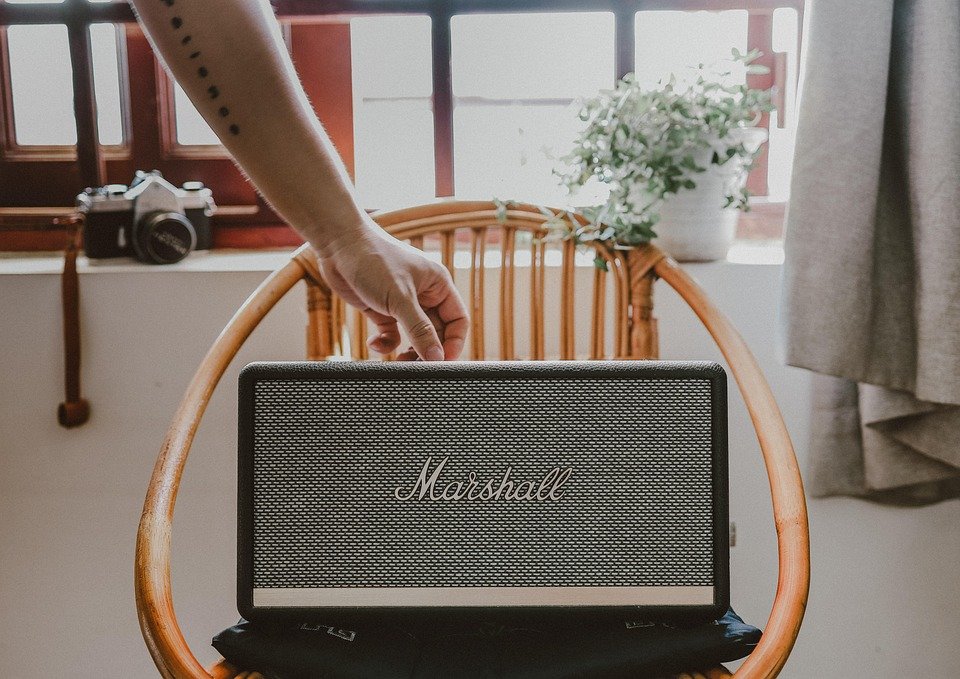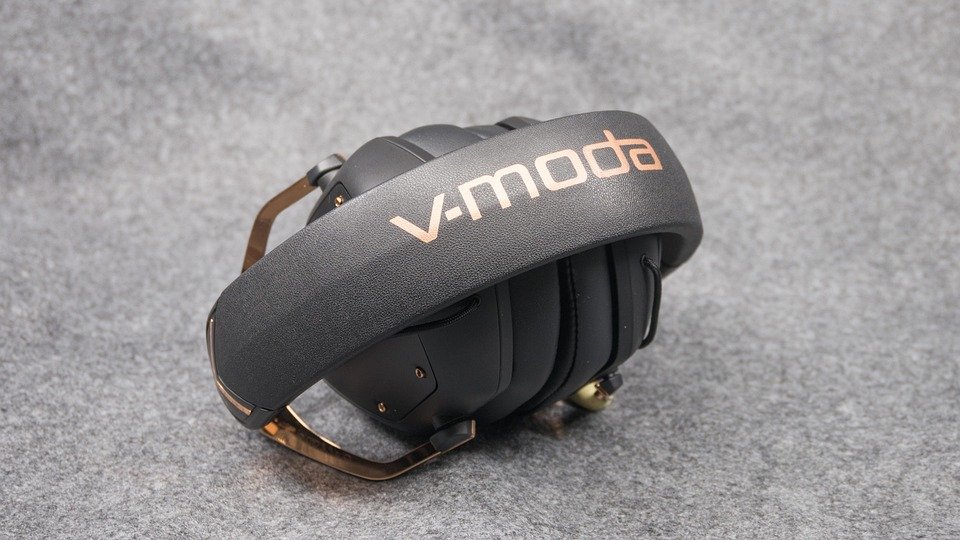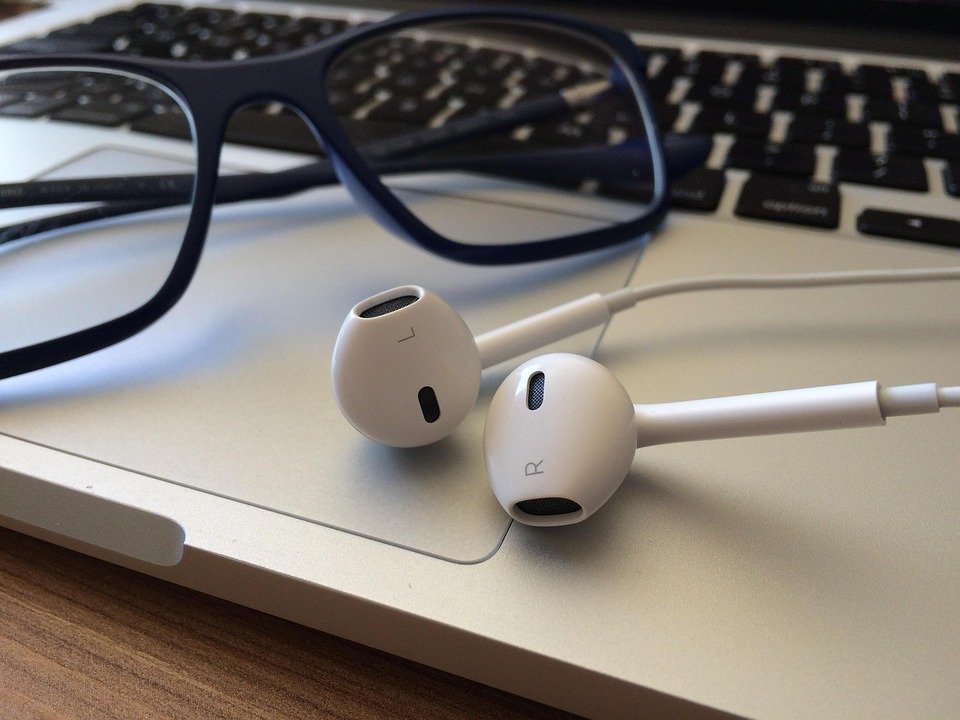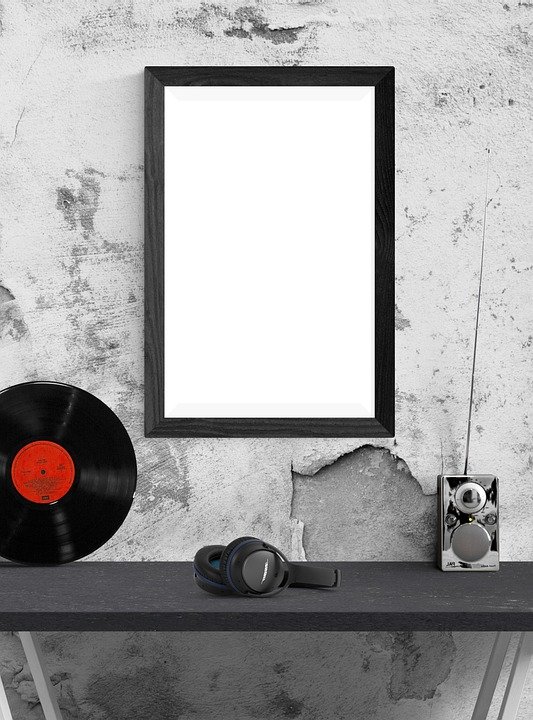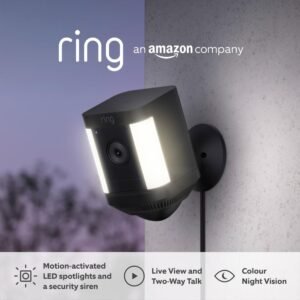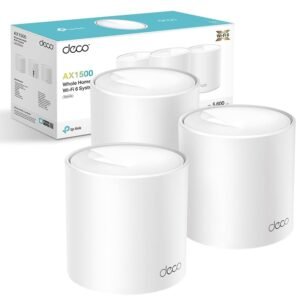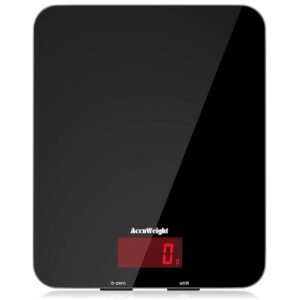Fighting Allergies & Pollutants: Best Air Quality Monitors for Healthier Living in 2025

Breathing Better in 2025: Top Air Quality Monitors to Combat Allergies and Pollutants for a Healthier Home
The air we breathe indoors has never been more critical to our health and well-being. Rising pollen counts fueled by climate change, persistent pollution from vehicles and industry, and increased awareness of indoor toxins like VOCs (Volatile Organic Compounds) and PM2.5 (fine particulate matter) mean our homes and workplaces can harbor invisible threats. For allergy sufferers and health-conscious individuals, merely wondering about air quality isn’t enough – precise knowledge is power. Enter the sophisticated air quality monitors of 2025, intelligent sentinels providing the real-time data you need to take back control of your breathing space. Here’s a look at the best options to fight allergies and pollutants this year.
Why Air Quality Monitoring is Non-Negotiable in 2025
The links between poor air quality and health impacts are undeniable:
- Allergies & Asthma: Pollen, mold spores, dust mite allergens, and PM2.5 irritate airways, triggering sneezing, congestion, itchy eyes, and asthma attacks.
- Respiratory & Cardiovascular Issues: Fine particulates and gases like NO2 (Nitrogen Dioxide) and ozone can penetrate deep into lungs and even enter the bloodstream, exacerbating COPD, bronchitis, and increasing cardiovascular risks.
- Cognitive Function & Sleep: Elevated CO2 levels impair concentration and decision-making, while pollutants like VOCs can cause headaches and disrupt sleep.
- Long-Term Health Risks: Chronic exposure is linked to more serious conditions, including heart disease and certain cancers.
Your Invisible Enemies: Key Pollutants Monitored
| Pollutant | Sources | Primary Health Impacts | Key for Allergy/Pollution Sufferers? |
|---|---|---|---|
| PM2.5 / PM10 | Smoke, dust, pollen, vehicle exhaust, industry | Lung irritation, asthma, cardiovascular strain | CRITICAL (Direct allergen trigger) |
| VOCs | Paints, cleaners, furniture, building materials | Headaches, nausea, long-term organ damage | Important (Can exacerbate sensitivity) |
| CO2 | Human respiration, poor ventilation | Drowsiness, poor concentration, headaches | Indirect (Worsens overall comfort) |
| Formaldehyde | Pressed wood, insulation, some fabrics | Eye/nose/throat irritation, potential carcinogen | CRITICAL (Strong irritant) |
| Ozone (O3) | Outdoor pollution intrusion, some cleaners | Lung tissue damage, asthma aggravation | CRITICAL (Respiratory irritant) |
| NO2 | Vehicle exhaust, gas stoves | Inflamed airways, asthma, reduced immunity | CRITICAL (Respiratory irritant) |
| Airborne Mold | Damp areas, leaks | Allergic reactions, asthma attacks | CRITICAL (Direct allergen) |
| Radon (Continuous) | Soil beneath buildings | Leading cause of lung cancer in non-smokers | CRITICAL (Long-term health)* |
| Temp / Humidity | Environment, HVAC | Mold growth (high), dry airways (low) | Important (Influences allergen spread) |
*Specific to Radon monitors (long-term trend monitoring needed)
Best Air Quality Monitors for Healthier Living in 2025
-
Airthings View Plus (Gen 2): The Comprehensive Health Watchdog
- Sensors: PM2.5, CO2, radon (long-term), VOCs, temp, humidity, pressure, light (noise/vibration optional add-ons).
- Why for Allergies/Pollution? Its unique radon detection is vital for long-term health (especially below ground levels). Excellent VOC sensor identifies indoor chemical sources. Precise PM2.5 tracks allergens and pollution influx. The app offers detailed health indices and insights.
- 2025 Edge: Enhanced AI-driven pollutant source identification and hyper-local forecasting integration. Robust parental features for family health tracking.
- Best For: Families seeking the most complete picture of home health including the silent threat of radon, closely tracking allergens and VOCs.
-
Awair Omni: The AI-Powered Ecosystem Hub
- Sensors: PM2.5, VOCs, CO2, temp, humidity, noise, light.
- Why for Allergies/Pollution? Focuses heavily on actionable insights through its advanced AI engine ("Element"). Goes beyond detection to provide specific, contextual recommendations like "Open window for 15 min" or "Run air purifier on high." Excellent VOC sensing spotlights hidden chemical hazards.
- 2025 Edge: Stronger smart home integration (automations: lighting purifiers, humidifiers, HVAC), seamless multi-room mapping for whole-home analysis, and improved "health optimization" scores.
- Best For: Tech-savvy users wanting an intelligent system that analyzes data and actively guides actions to combat pollutants and create an optimal environment.
-
uHoo Smart Air Monitor: The Hyper-Sensitive Guardian
- Sensors: PM1(!), PM2.5, PM10, VOCs, CO2, CO, NO2, ozone (O3), temp, humidity, air pressure.
- Why for Allergies/Pollution? Unmatched breadth, particularly with PM1 (ultra-fine particles), NO2, and ozone. Essential for allergy sufferers needing the earliest warnings of rising pollen (often on fine particles) and those in high-ozone/high-traffic areas. Flags specific risks aggressively.
- 2025 Edge: Even tighter calibration standards, improved sensor longevity against drift, enhanced geolocation-based outdoor pollutant overlay for context, personalized vulnerability scoring.
- Best For: Sensitive individuals (severe asthma, MCS), urban dwellers near traffic/industry, and anyone wanting the most sensitive particle detection, including emerging pollutant threats like wildfire smoke specifics.
-
Wynd Plus (Portable): The Personal Purifier & Monitor Duo
- Sensors: PM2.5 (Primary), temp, ambient light (calibrates PM sensor).
- Why for Allergies/Pollution? Unlike stationary monitors, this also includes an effective HEPA filter. It actively cleans your immediate micro-environment while continuously monitoring PM2.5 levels, showing real-time particle removal effectiveness. Perfect for the bedroom, office desk, or nursery.
- 2025 Edge: Second-gen model features a larger filter capacity, quieter operation, smarter auto-adjust mode based on PM and motion, and a more rugged, intuitive design for portability. Battery life improvements.
- Best For: Creating localized "clean air zones" while traveling, at work, next to your bed, or alongside a baby. Ideal complement to a larger home monitor. Allergy sufferers on the move appreciate the immediate feedback and action.
- IQAir AirVisual Pro / Series: The Global Citizen’s Grid Watch
- Sensors: PM2.5, CO2, temp, humidity.
- Why for Allergies/Pollution? Industry-leading accuracy for PM2.5 (reference-grade sensor). Integrates hyper-locally with the dense global IQAir AirVisual network, showing both your indoor air and highly accurate, immediate outdoor air quality down to your street block. Bonus: forecasts.
- 2025 Edge: Integration with municipal real-time hazard alerts (fires, spills), deeper comparative neighborhood insights on the platform, potentially expanded sensor suite options. Smarter HVAC integration recommendations.
- Best For: Individuals prioritizing hyper-local outdoor pollution awareness alongside indoor data. Essential for tracking wildfires, pollen seasons (via PM correlation), or pollution hotspots influencing indoor infiltration.
Choosing Your 2025 Air Defender: Key Considerations
- Your Primary Concern: Severe allergies? Prioritize PM2.5 accuracy and sensitivity (uHoo, IQAir, Wynd). General pollution/VOCs? Airthings or Awair expose hidden risks. Urban, high-ozone/NO2? uHoo is crucial. Need immediate improvement? Wynd acts while monitoring.
- Accuracy & Sensors: Don’t just count sensors, consider reliability and calibration. Look for lasers (for PM), electrochemical (for gases), and brands known for reducing sensor drift.
- App & Insights: A good app presents data clearly and offers actionable insights and alerts. AI-driven suggestions (Awair, uHoo, Airthings) are becoming standard.
- Connectivity & Smart Home: Ensure compatibility if you want to automate air purifiers, HVAC, etc. (Airthings, Awair).
- Calibration & Maintenance: Factor in sensor lifespan and calibration ease/cost over time.
Breathe Easy: Taking Action Beyond the Monitor
While knowledge is power, action is key:
- Purify: Use HEPA purifiers aggressively where monitors show high PM/VOCs.
- Ventilate: Open windows strategically (check outdoor quality first via app/weather/IQAir!) or use ERVs/HRVs.
- Control Sources: Eliminate aerosol sprays, strong chemicals, and smoking indoors. Choose low-VOC products. Vent gas stoves.
- Manage Humidity: Aim for 30-50% using dehumidifiers/humidifiers to prevent mold and dust mites. Monitors help track this!
The Final Breath
In 2025, living with allergies and navigating an increasingly polluted world doesn’t mean feeling helpless. The latest air quality monitors are sophisticated tools, acting as your personal digital nose and early warning system. By choosing the right monitor to match your specific health concerns and lifestyle, you gain the knowledge to create a demonstrably healthier indoor environment, reduce symptom triggers, and take proactive steps towards long-term well-being. Invest in clear air awareness – your lungs and your health will thank you for years to come. Don’t just guess, know. Take control, breathe deeply, and thrive.



